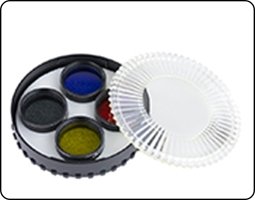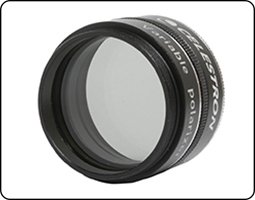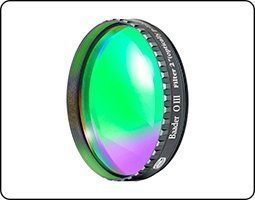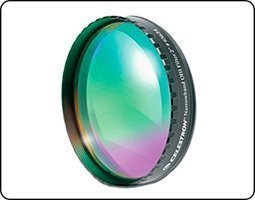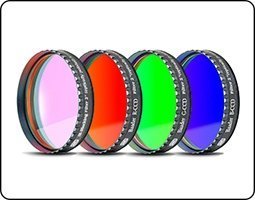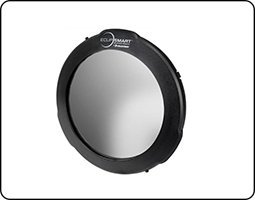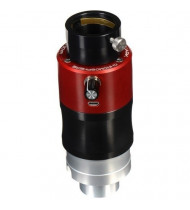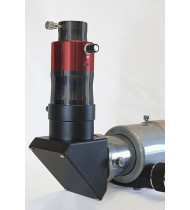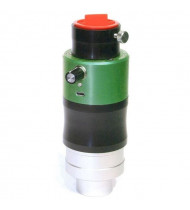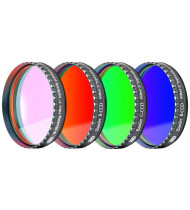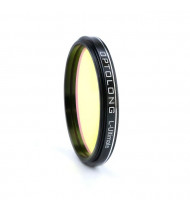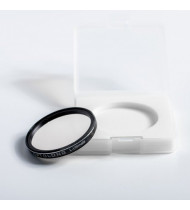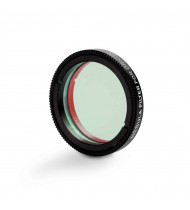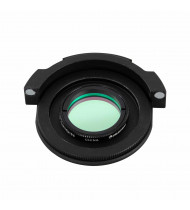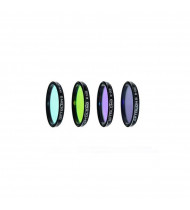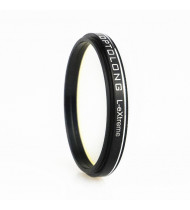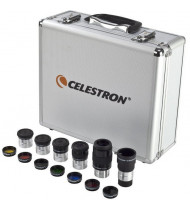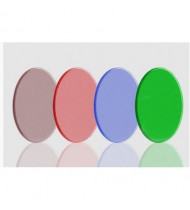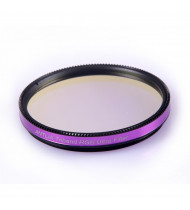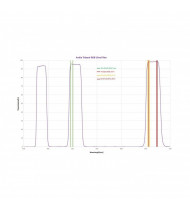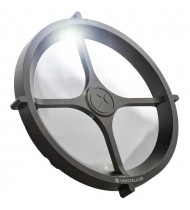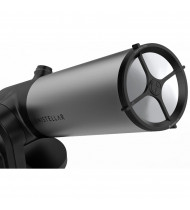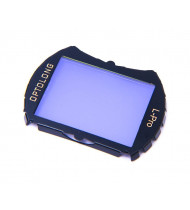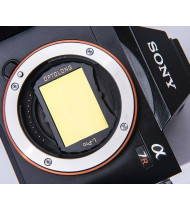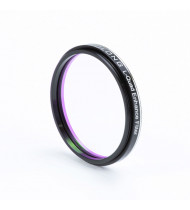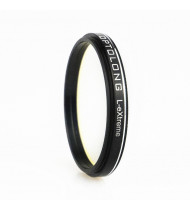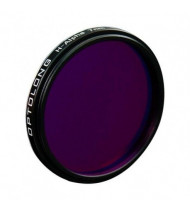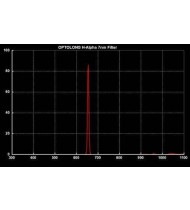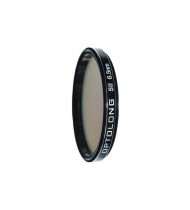

Daystar QUARK Prominence
US$ 1,402.41This new, All-In-One design marries high quality components of a telecentric barlow, adapters, snouts and Daystar hydrogen alpha filter into one simple assembly.
Daystar QUARK Chromosphere
US$ 1,402.41This new, All-In-One design marries high quality components of a telecentric barlow, adapters, snouts and Daystar hydrogen alpha filter into one simple assembly.
Daystar QUARK Magnesium I b2-line
US$ 1,314.70Explore highly magnetized and powerful excitations in the bright Magnesium I (b2) line. For use on refractors of F/4 - F/8 focal ratio refractors. This latest and likely the last wavelength offered for Quark reveals a whole new area of highly magnetized high energy in the bright 5172.8Å wavelength. The eye is most sensitive at this wavelength so the image is significantly brighter than calcium. Views show both plage and dark mottling of chromospheric network.Baader L-RGB CCD-Filterset 2" (50.8mm)
US$ 425.37- 4 filters L-RGB
- Ultra high contrast impermeable RGB-Filter, IR-blocked
- NO halos, NO reflections, NO ghosting
- non-ageing sealed coating edges
Optolong L-Ultimate 2" Filter
US$ 341.17The L-Ultimate filter is a practical solution for all amateurs who want to use their telescope from urban and sub-urban areas- Improve your view of nebulae with your Celestron Origin, especially from urban and suburban skies. This filter blocks light pollution, increases image contrast and darkens the sky background for sharper, more contrasted images.
- This filter transmits only the key Hα-Hβ-OIII wavelengths from emission nebulae, making their colors stand out from the dark background. It also blocks light pollution, allowing it to be used even from urban and suburban skies.
- Made for the Origin 6" RASA lens. Unlike similar filters with narrower bandwidths, this filter was specifically designed to work with the Origin's fast f/2.2 lens.
- Made of Schott glass with anti-reflective coatings, the surfaces of this filter are completely flat and free of defects.
Optolong Kit L-RGB 2" (50.8mm)
US$ 288.55The LRGB filter kit is designed for maximum contrast and with extremely high gradients for a clear differentiation of light colors
Optolong L-eXtreme Filter 2" (50.8mm)
US$ 262.24The advantage of the L-eXtreme filter is that there is no transmission between the H-beta and OIII lines, as there is no nebula emission lines there. In this case, it isn't letting light pollution come through so that maximize nebulas signal and make the sky background darker while imaging. The L-eXtreme filter should better isolate the emission lines only and better protect from light pollution.
Baader L-RGB CCD-Filterset 1.25" (31.8mm)
US$ 253.47- 4 filters L-RGB
- Ultra high contrast impermeable RGB-Filter, IR-blocked
- NO halos, NO reflections, NO ghosting
- non-ageing sealed coating edges
Celestron Eyepiece and Filter Kit 1.25"
US$ 244.70Five quality Plossl eyepieces, a 2X Barlow Lens, six colored filters to improve observations of the planets, a Moon filter, and a foam-fitted aluminum carry case with extra room to growOptolong Kit LRGB 36mm
US$ 235.93The LRGB filter kit is designed for maximum contrast and with extremely high gradients for a clear differentiation of light colors
Antlia RGB Triband 2" Filter
US$ 227.16Anti-pollution filter effectively isolates the emission lines not only of emission nebulae but also of galaxies, clusters or globular clusters and reaches a maximum transmission of up to 97%.Unistellar Solar Filter
US$ 218.39Smart solar filter which works with all Unistellar telescopes
- Unlock the secrets of Solar Activity
- Observe the Sun in less than 2 Minutes
- Safely Experience With Your Family
- A new solar experience available on UNISTELLAR App (iOS & Android)
- Witness once-in-a-lifetime solar events
- The L-Pro CCD filter improves the contrast of deep-sky objects and reduces the sky background.
Optolong L-QEF L-Quad Enhance Filter 2"
US$ 209.61L-QEF eliminates light pollution caused by mercury and sodium lamps and produces a broadband image with minimal color cast. This filter is broadband and suppresses wavelengths of light pollution. It is great for star clusters, dark and reflection nebulae, as well as galaxies in skies affected by light pollution.Optolong L-eXtreme Filter 1.25" (31.8mm)
US$ 200.84The advantage of the L-eXtreme filter is that there is no transmission between the H-beta and OIII lines, as there is no nebula emission lines there. In this case, it isn't letting light pollution come through so that maximize nebulas signal and make the sky background darker while imaging. The L-eXtreme filter should better isolate the emission lines only and better protect from light pollution.
Optolong H-Alpha 7nm 2" (50.8mm) v.2
US$ 200.84The H-ALPHA 7nm filter is the most popular narrow-band filter that allows a 7nm bandwidth centered on a 656nm wavelength.
Optolong SII Filter 6.5nm 2" (50.8mm)
US$ 197.34Extra narrowband SII-CCD 6.5nm filter (Sulful II for CCD) is designed for nebula observation allowing 6.5nm bandwidth of light centered on a wavelength of 672nm through, and reducing the transmission of certain wavelengths of light, specifically those produced by artificial light including mercury vapor, and both high and low pressure sodium vapor lights and the unwanted natural light caused by neutral oxygen emission in our atmosphere (i.e. skyglow).

